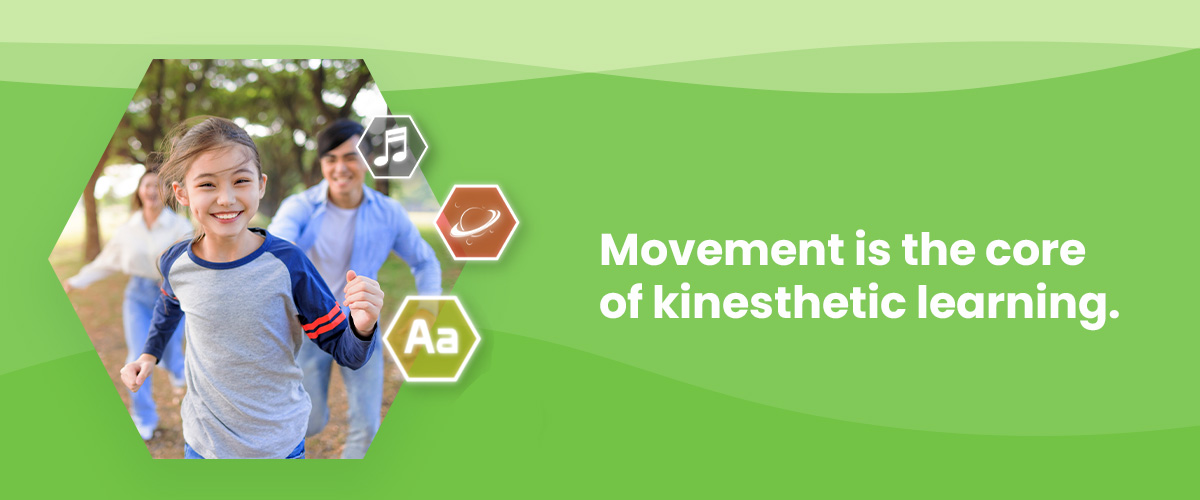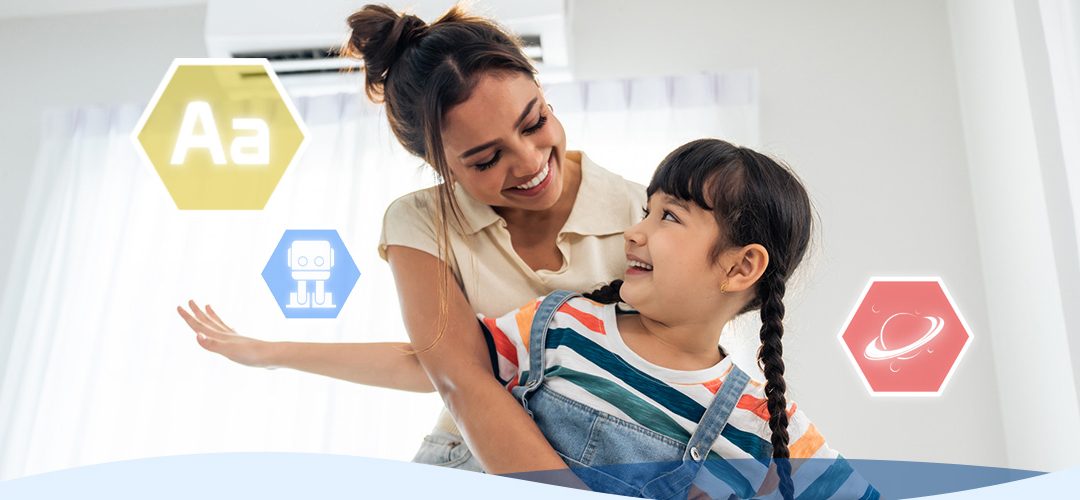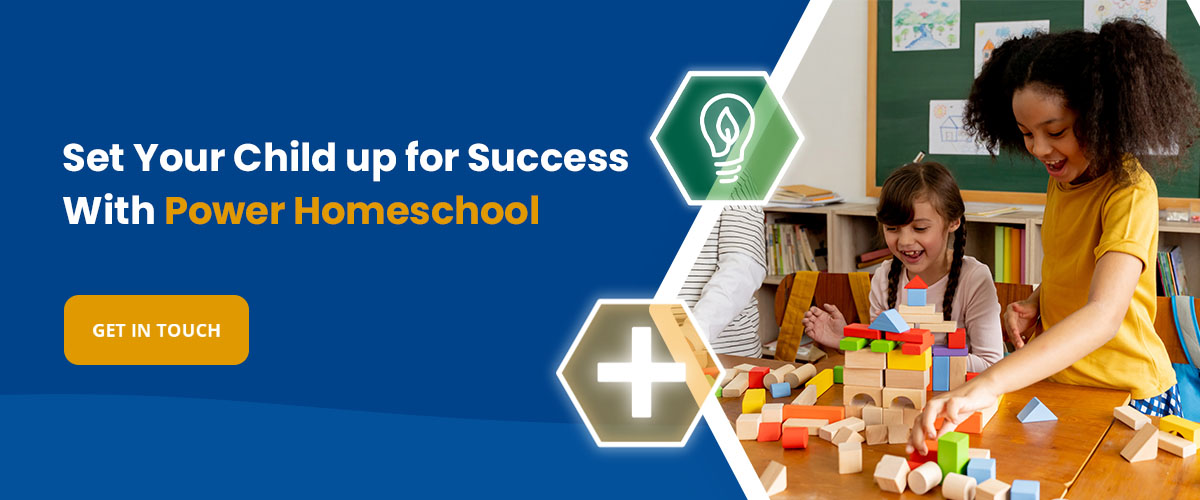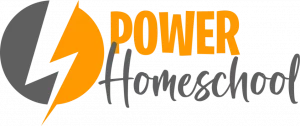Parents choose to homeschool for many reasons — primarily because they want the opportunity to tailor students’ education to suit their unique skills, needs and goals. Knowing your child’s learning style can maximize the experience by guiding them toward a lifelong love of studying. For example, you can look forward to an exciting, high-energy schooling adventure if your child benefits from a kinesthetic or tactile learning approach.
Understanding the Tactile-Kinesthetic Learning Style
Some people retain information best by doing physical activities and hands-on tasks. They would prefer to create something instead of listening to a lecture or reading about abstract concepts. The kinesthetic-tactile learning style can sometimes lead to fidgeting and lack of focus in a typical classroom.
The more physical engagement you can provide a kinesthetic learner, the better they can accomplish their educational goals. Adjusting the environment to reflect your child’s unique needs can transform homeschooling.
How Do Kinesthetic Learners Learn Best?
Kinesthetic learners need to create a tactile connection with the subject materials. Independent research and traditional classroom-style instruction can be tedious and unfulfilling for them. For example, they would rather build a globe than look at a map when learning about geography.
Some kinesthetic learners best learn information by acting out scenarios, which help them understand their learning material and apply it to various situations. The typical characteristics of a kinesthetic learner include:
- They often get bored or restless in traditional learning settings.
- They are good at visualizing how objects fit together.
- They understand concepts better when introduced to them through movement and hands-on experience.
- They enjoy sports and physical activity and excel in activities requiring coordination.
- They are often high-energy and active.
- They thrive outside the classroom or homeschooling setting and often prefer field trips.
- They are good at multitasking and can perform physical tasks while processing information.
- They like building things, working with their hands, experimenting and testing different scenarios.
- Many use their hands when talking.
- They love trying new things and prefer to work with tools and instruments.
- They tend to trust what they can do or experience.
- They remember spelling words when they can write them several times.
- They think more clearly when they can move and often need regular breaks to stay focused.
The Benefits of Kinesthetic Learning
The tactile-kinesthetic learning style offers students several advantages in an educational environment.
- Enhanced cognitive development: Kinesthetic learners like to move, which increases the amount of oxygen in their blood and fuels their brains.
- Elevated social skills: Group work and collaboration significantly benefit kinesthetic learners. Students develop teamwork and communication skills as they work through problems together. They practice listening to others and learn how to provide feedback — essential skills in later life as they progress through their careers.
- Improved problem-solving: Kinesthetic learning involves experimentation, which helps students develop analytical and critical thinking skills.
- Better comprehension: A kinesthetic learning approach tailored to student needs can improve academic performance and comprehension, boosting student engagement.
- Enhanced muscle memory: Muscle memory is the ability to repeat tasks and movements without conscious thought. Kinesthetic learning, which involves using the student’s whole body to perform tasks, develops muscle memory and makes movements more natural.
Developing a Kinesthetic Homeschool Curriculum
Many kinesthetic learners have a lot of energy and may struggle to sit still during lessons. You can adjust their curriculum to be more engaging, exciting and incorporate plenty of movement, helping them master the basics with simple tips. Here are some fundamental principles to include in a kinesthetic homeschool curriculum.
Integrating Essential Components
Some learning requires theory and memorization, and kinesthetic learners benefit from understanding these core concepts. Use a homeschooling platform that provides interactive projects and experiments to keep them engaged. Consider reenacting historical moments or building timelines to help them retain historical and literary concepts. In math, incorporate physical objects like coins or blocks. Flashcards can also be a valuable tool, as your child can write on them and flip them back and forth to engage their senses while learning.
Video-based homeschooling is an effective alternative for kinesthetic learning. High-quality video lessons are interactive and cover a broad range of learning styles. You can pause, rewind and replay lessons if your child loses focus and needs a break, allowing them to learn at their preferred pace.
View Power Homeschool Course Offerings
Incorporate Physical Activities

Movement is the core of kinesthetic learning. Allow your child to get up during lessons to improve their focus and attention. Wherever possible, integrate exercises into lessons. For example, if your child gets a correct answer during a quiz, have them run somewhere, collect a token and return it to their desk. You can also let them burn off excess energy while they learn, whether they swing their legs, play with a fidget toy or pace back and forth.
Kinesthetic learners are high-energy and excellent multitaskers. For example, you can have them listen to a lesson while they take a walk. Moving your lessons outside is also an excellent tool. Take advantage of local museums and field trips to help them retain information.
Strengths and Weaknesses of Kinesthetic Learners
Every child has strengths and shortcomings when learning new things. Understanding your child’s learning style can give you a general idea of how to structure your homeschooling. Some advantages of kinesthetic learners include:
- Outstanding hand-eye coordination and agility
- Easy recollection of how to do a specific exercise after completing it once
- High energy and enthusiasm
- Strong problem-solving skills
Some areas which parents of kinesthetic learners may find challenging include:
- Lack of engagement with traditional learning methods
- High potential for distraction
- Difficulty understanding purely theoretical concepts
- Fidgeting and inability to sit still
- The need to build in lots of breaks
How to Create the Ideal Environment for Kinesthetic Learners
As a parent, it’s natural to want to create the best possible learning environment for your child. Consider making the following adjustments for your kinesthetic learner.
- Use portable materials: Kinesthetic learners benefit from frequent changes of pace. If possible, use a laptop instead of a desktop, so you can shake things up if your child starts to lose interest.
- Prioritize space: Ensure your child’s surroundings allow plenty of space for movement. For instance, you could provide a standing desk to switch positions as they work or swap their standard chair for a stability ball.
- Incorporate interactive elements: Provide fidget toys for your child as they watch video lessons or introduce tactile elements like flashcards and blocks into the environment. Your child can use these to help them figure out new concepts.
- Get a whiteboard: Standing up to draw something on a whiteboard helps kinesthetic learners engage with the material.
Set Your Child up for Success With Power Homeschool
The kinesthetic learning approach provides many benefits when homeschooling. Most importantly, tailoring your child’s education to their kinesthetic learning needs makes school more fun and engaging. Regardless of your objectives, a flexible, high-quality curriculum will create the best possible experience for your child.
As the official provider of Acellus® courses, Power Homeschool can help you select a curriculum that adapts to their learning style and drives them toward their goals. Our online platform empowers parents, allowing them to homeschool at their preferred pace and schedule. Are you ready to get started? Browse our selection of courses and find the ideal curriculum for your child today!



